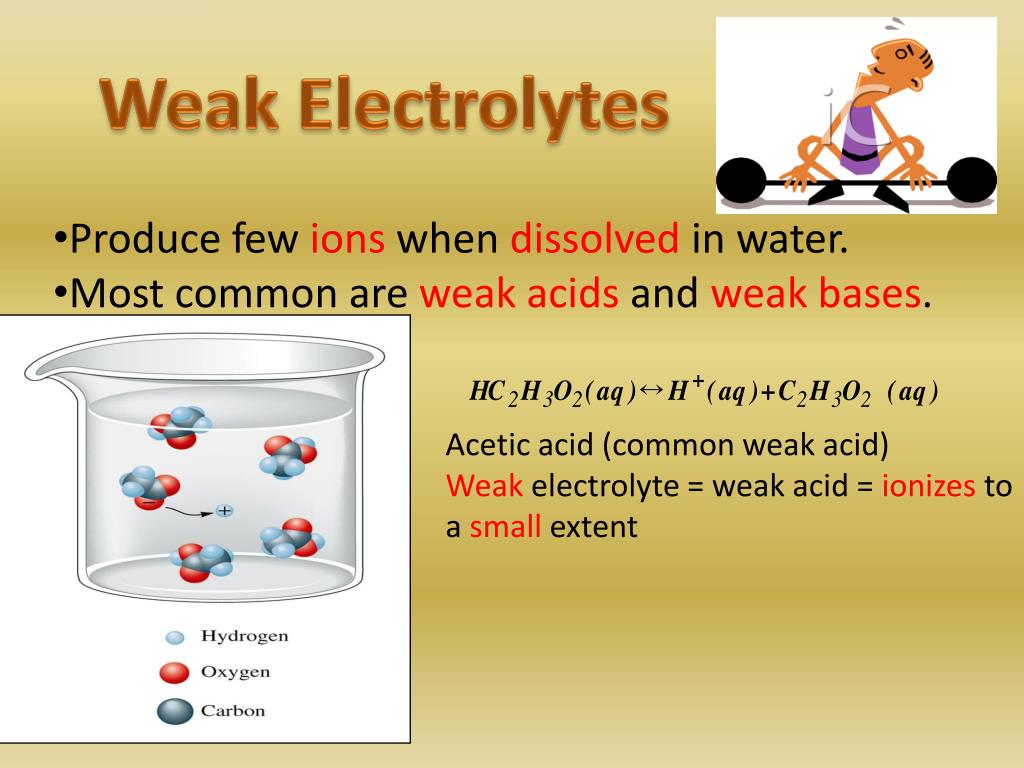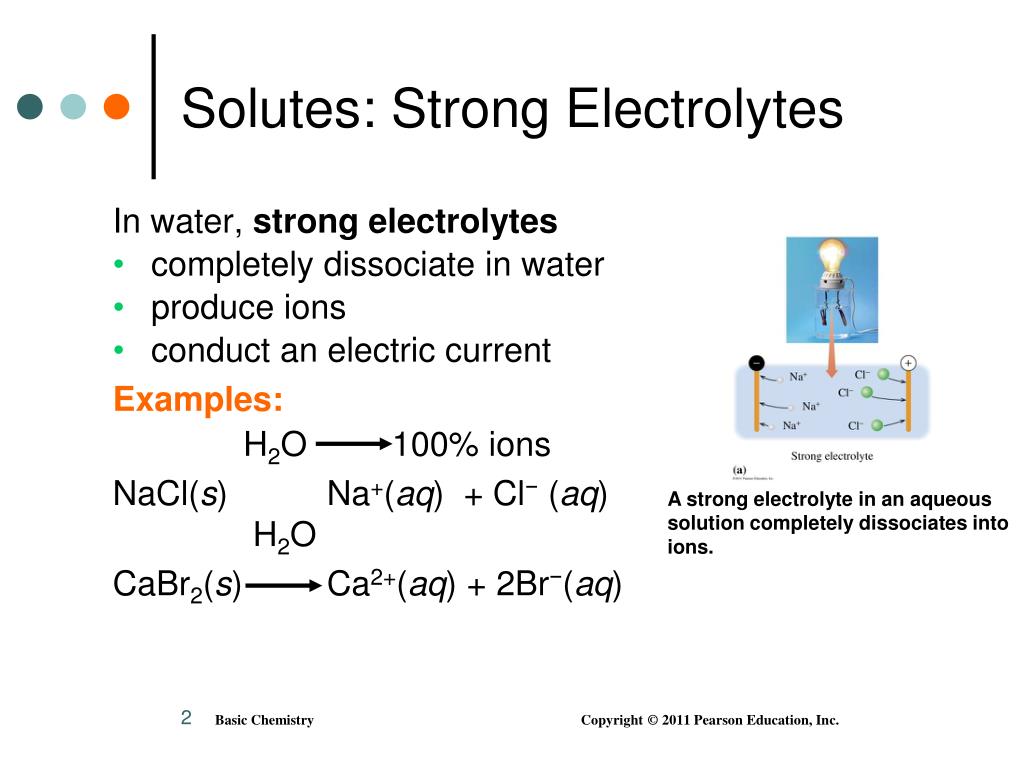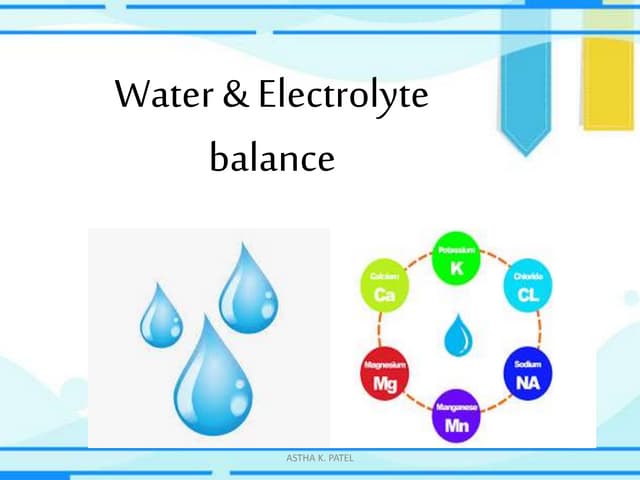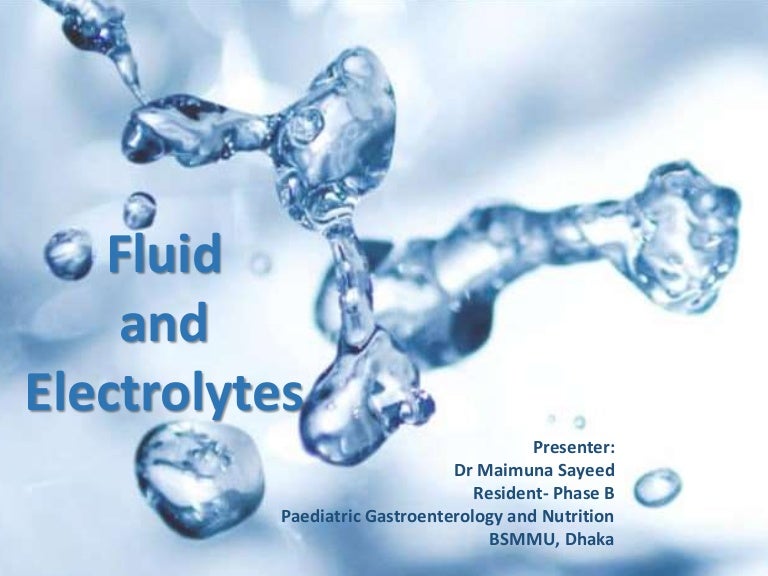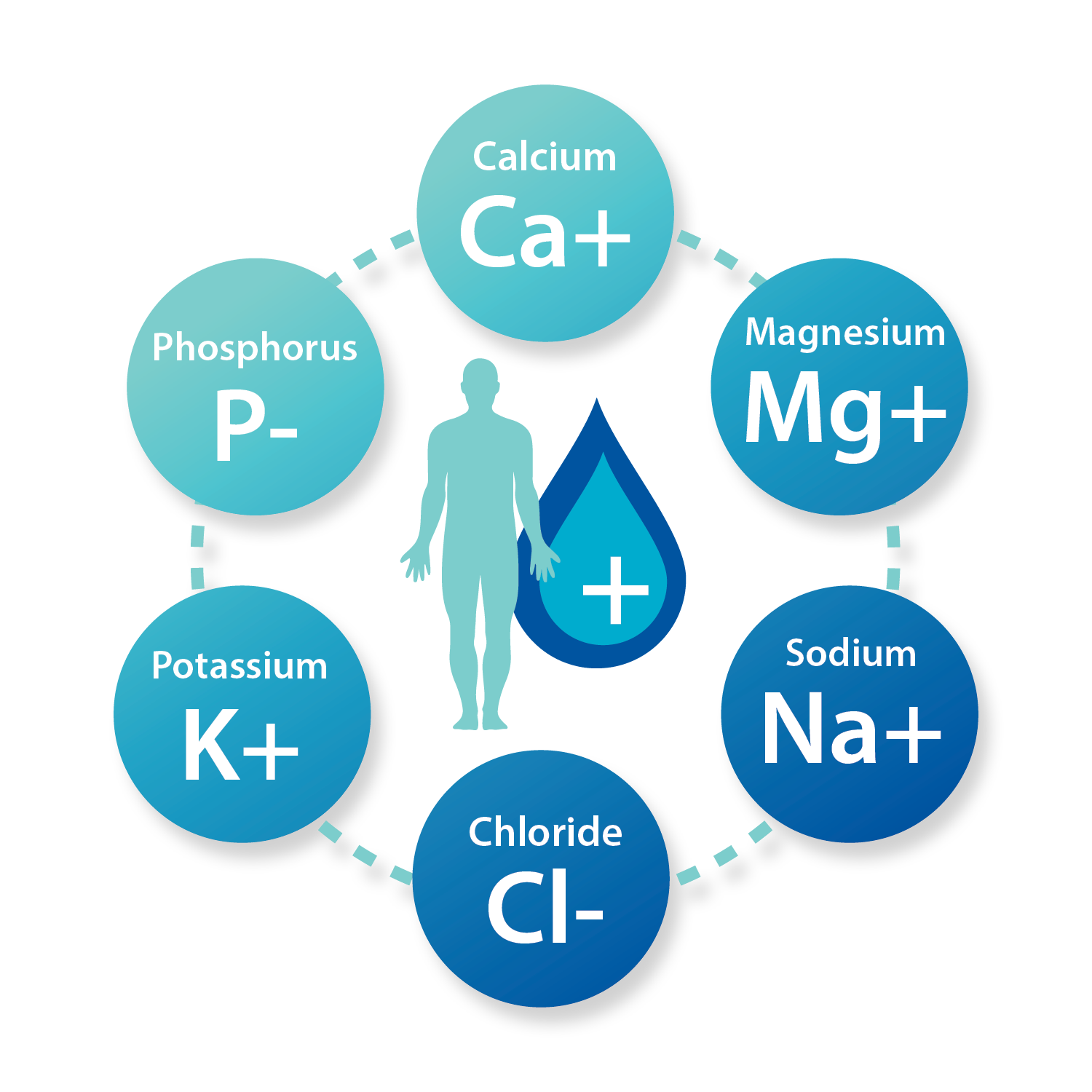When Water Is Lost But Electrolytes Are Retained
+have+higher+concentrations%2C+lower+volumes..jpg)
Hospitals nationwide are reporting a perplexing increase in patients presenting with severe dehydration despite maintaining normal or even elevated electrolyte levels. This unusual condition, dubbed "Aqueous Discrepancy Syndrome" (ADS) by some researchers, is baffling medical professionals and straining resources.
This crisis demands immediate attention. While the exact cause remains under investigation, the surge in cases necessitates a coordinated response to understand the condition's etiology, improve diagnostic accuracy, and implement effective treatment protocols.
The Emergence of Aqueous Discrepancy Syndrome
Reports of ADS began surfacing sporadically in late 2023, primarily in urban centers across the United States. The Centers for Disease Control and Prevention (CDC) officially acknowledged the growing concern in a press release issued earlier this week, confirming a statistically significant rise in cases over the past three months.
Initial data suggest that ADS affects individuals of all ages and demographics. However, preliminary studies indicate a slightly higher prevalence among individuals with pre-existing kidney conditions and those taking certain diuretic medications.
Key Symptoms and Diagnostic Challenges
Patients with ADS typically present with classic dehydration symptoms, including extreme thirst, dry mouth, decreased urination, dizziness, and fatigue. However, standard electrolyte panels often reveal normal or elevated levels of sodium, potassium, and chloride, contradicting the clinical presentation.
This discrepancy makes diagnosis challenging. Many cases are initially misdiagnosed as simple dehydration, leading to ineffective treatment strategies focused solely on electrolyte replacement, which can exacerbate the underlying condition.
Dr. Emily Carter, lead researcher at the National Institutes of Health (NIH), emphasizes the importance of recognizing the distinct features of ADS. "The key is to look beyond the electrolyte numbers and focus on the overall clinical picture," she stated during a recent press briefing.
Possible Causes Under Investigation
The etiology of ADS remains elusive, but several potential causes are currently under intense investigation. One leading theory involves a disruption in the body's ability to properly utilize water at the cellular level.
This could be due to a novel toxin, a yet-undetected virus, or even an environmental factor. Researchers are also exploring the possibility of a genetic predisposition that makes certain individuals more susceptible to the condition.
Another line of inquiry focuses on the role of the aquaporins, specialized proteins that facilitate water transport across cell membranes. Dysfunction or blockage of these channels could lead to water loss without corresponding electrolyte imbalance.
"We are exploring every avenue to determine the root cause of this perplexing syndrome," said Dr. David Miller, Director of the CDC's Division of Viral Diseases. "Our priority is to identify the underlying mechanism and develop targeted interventions to prevent and treat ADS effectively."
Impact on Healthcare Systems
The surge in ADS cases is placing a significant strain on healthcare systems across the country. Hospitals are reporting longer wait times, increased resource utilization, and challenges in managing the complex needs of affected patients.
The need for specialized diagnostic testing and individualized treatment plans further compounds the burden. Many hospitals are struggling to keep up with the demand, leading to concerns about potential shortages of critical medical supplies and personnel.
In response, the American Medical Association (AMA) has issued a set of preliminary guidelines for managing ADS patients, emphasizing the importance of careful fluid management, monitoring kidney function, and avoiding unnecessary electrolyte supplementation.
Urgent Call for Research and Collaboration
Addressing the ADS crisis requires a coordinated effort involving researchers, clinicians, and public health officials. The NIH and CDC are collaborating on several ongoing studies to better understand the condition's epidemiology, pathogenesis, and clinical course.
These studies include large-scale epidemiological surveys, laboratory investigations, and clinical trials. The goal is to gather comprehensive data that can inform the development of effective diagnostic and therapeutic strategies.
Furthermore, the World Health Organization (WHO) has been alerted to the situation and is providing technical assistance and support to international research efforts. Global collaboration is crucial to prevent the potential spread of ADS beyond national borders.
Next Steps and Ongoing Developments
In the immediate term, healthcare providers are urged to remain vigilant for signs and symptoms of ADS and to consider the condition in patients presenting with unexplained dehydration. Accurate diagnosis and appropriate management are essential to prevent serious complications.
The CDC is continuously updating its guidance for healthcare professionals and the public as new information becomes available. Regular monitoring of electrolyte levels, kidney function, and overall fluid balance is crucial in managing ADS patients.
The search for the underlying cause of ADS continues with urgency. Researchers are hopeful that ongoing investigations will soon yield valuable insights that can lead to effective interventions and ultimately alleviate the burden of this emerging health threat. Further updates will be provided as the situation evolves.

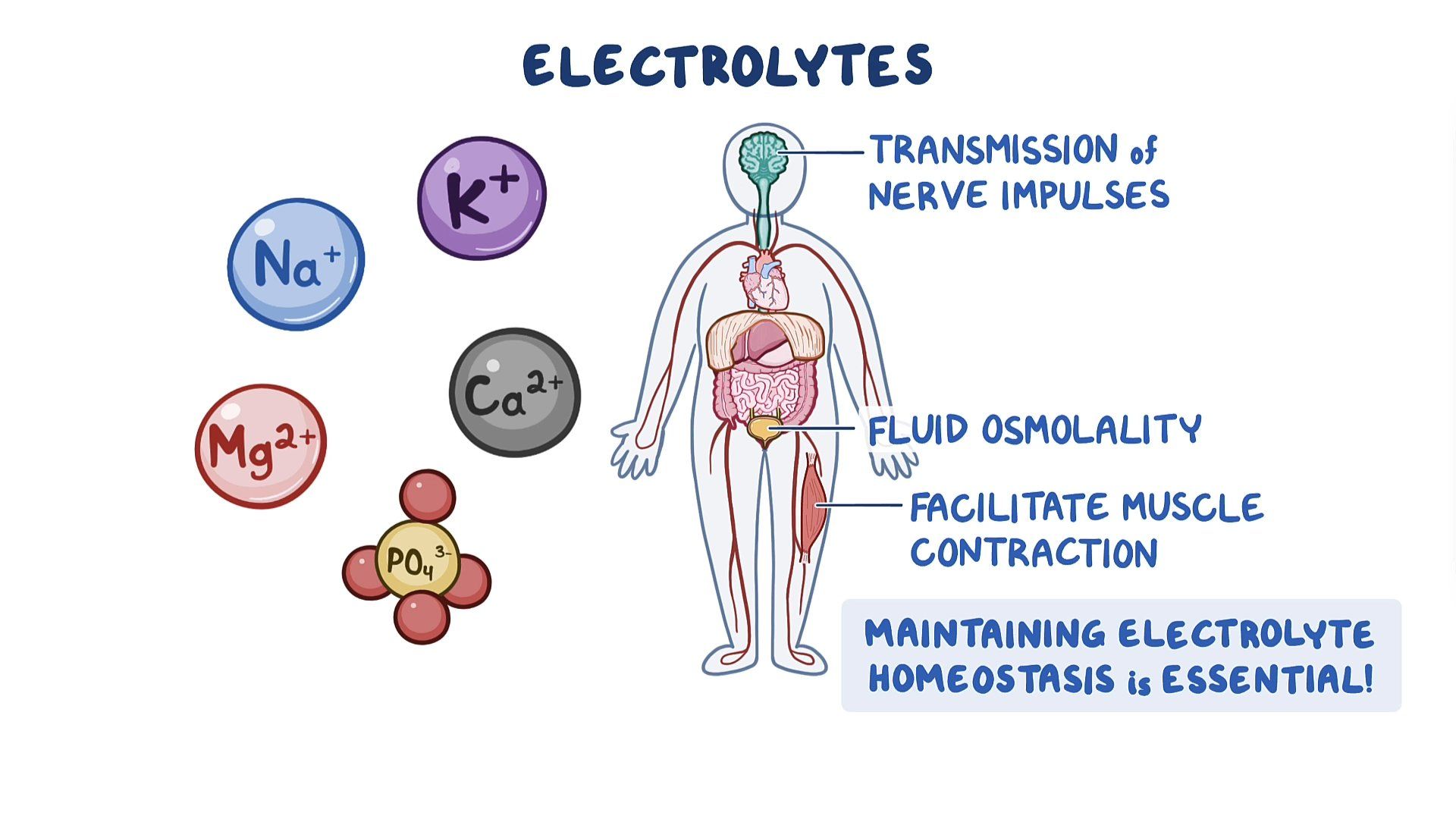
.jpg)
